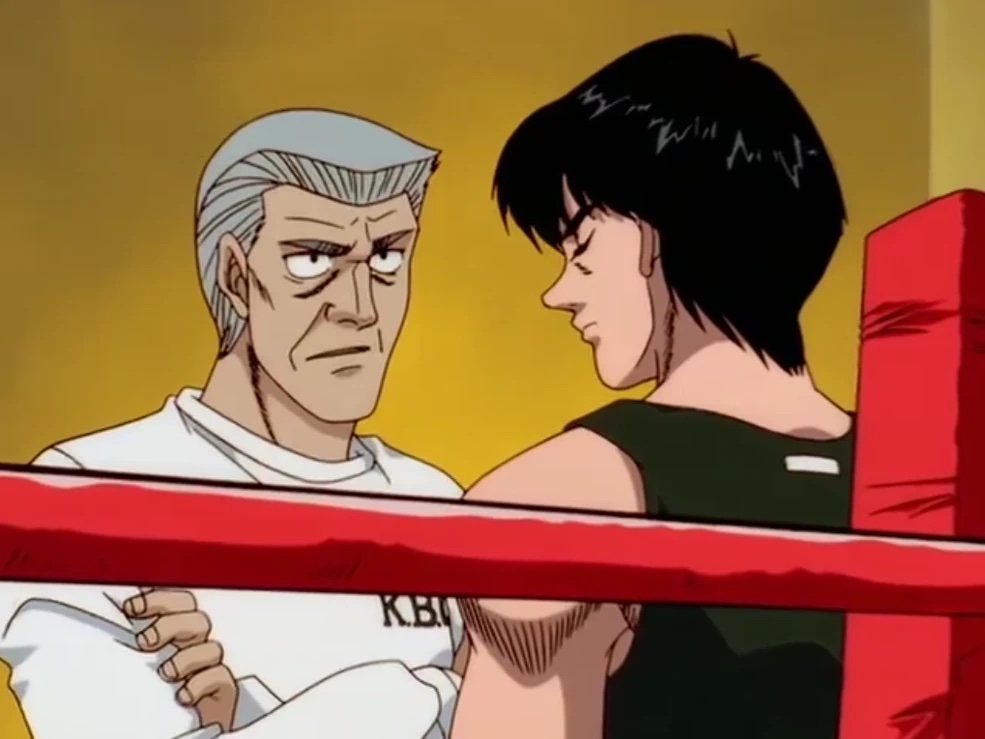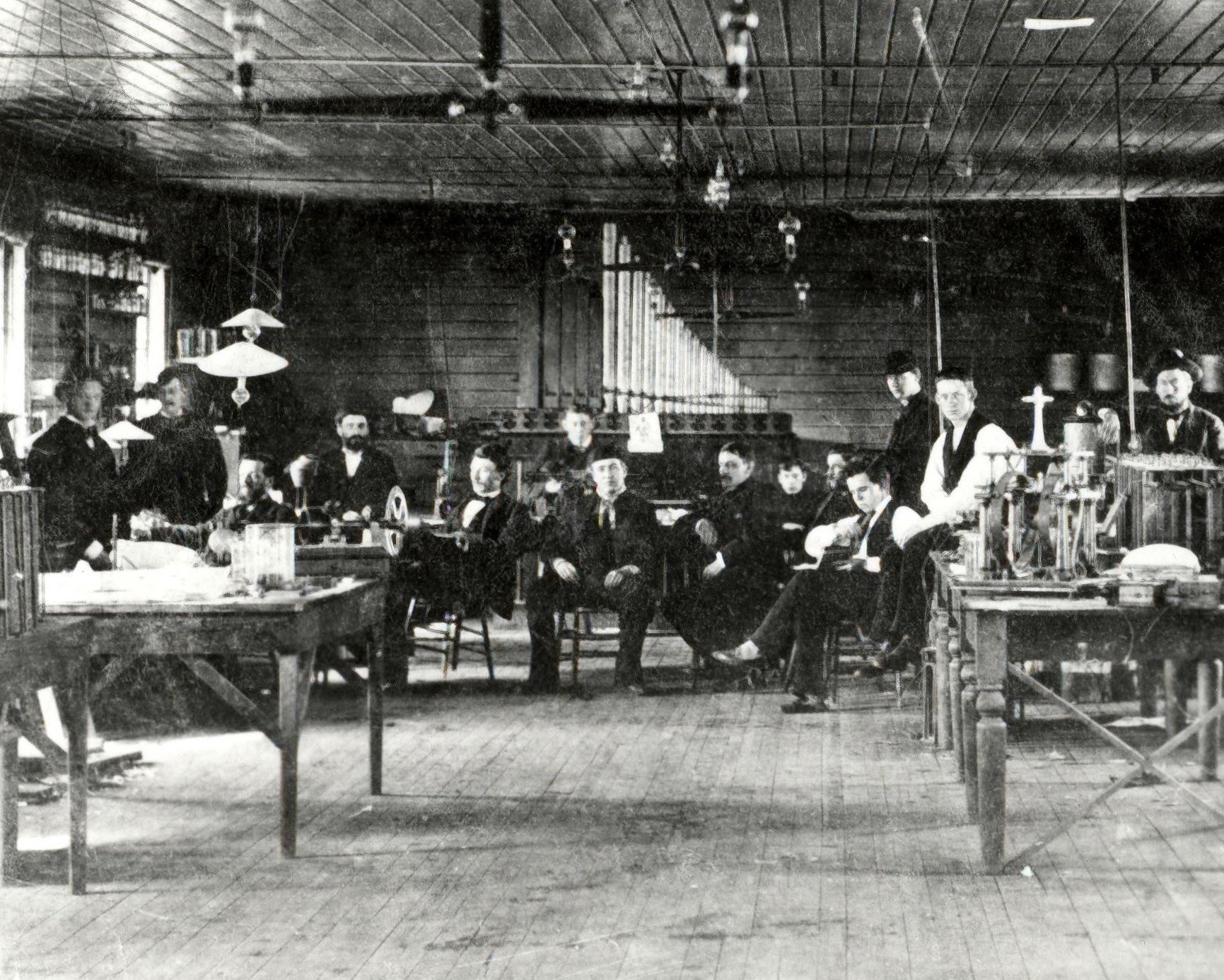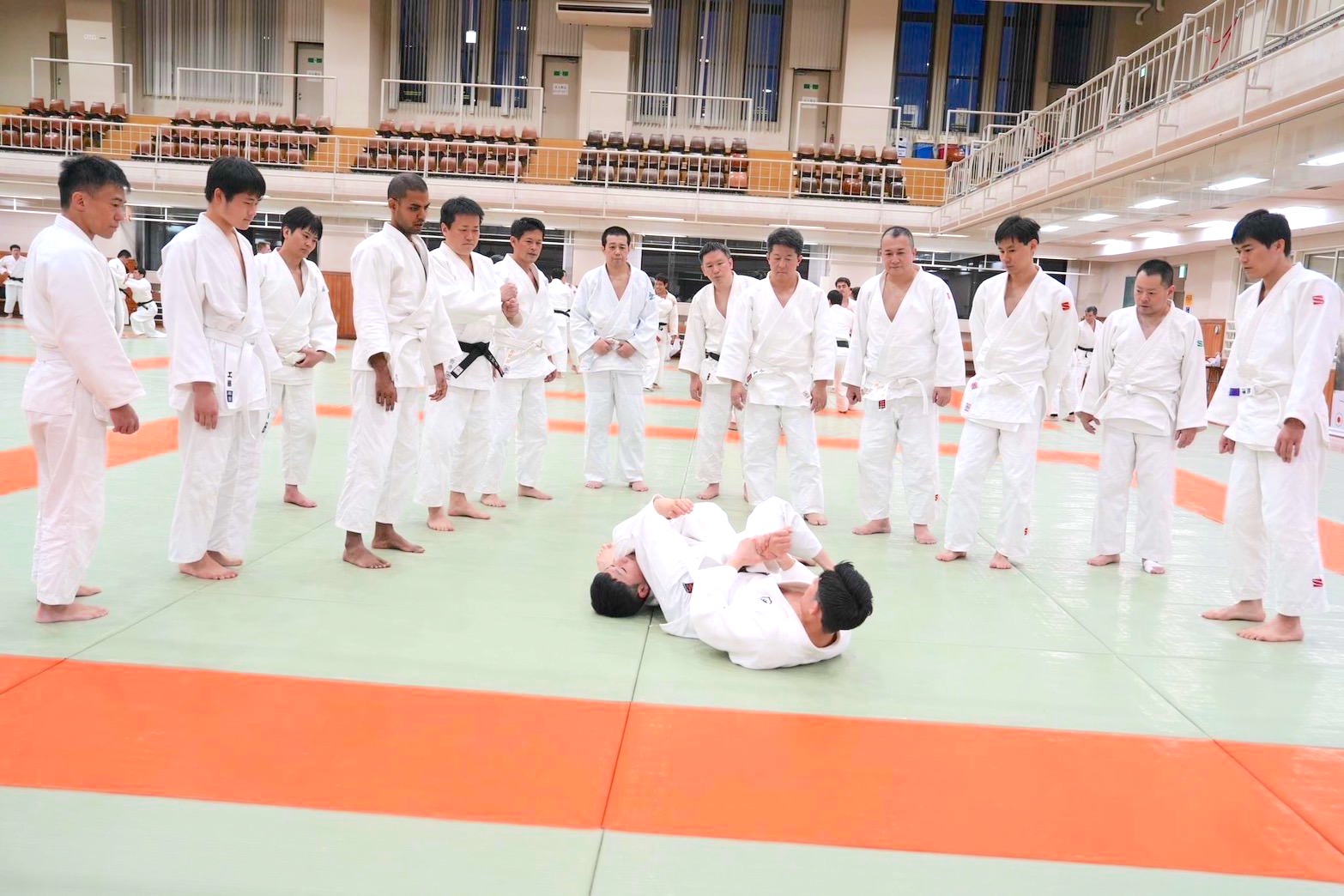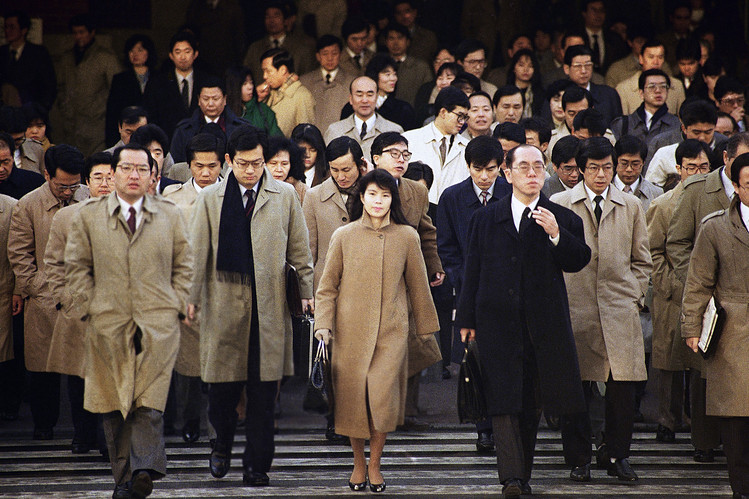Regret
I first started learning Japanese in the autumn of 2014, eight years ago, as a final year college student — but gave it up within 4 months, because I had to study abroad in China. Those 4 months, I focused mainly on speaking basic sentences and didn’t even learn katakana or kanji. Needless to say, I am still a beginner (although I’ve watched a lot of TV dramas and anime, which means I’m used to the sound of the language and a few words/phrases that repeat a lot).
I always knew (or rather hoped) that I’d come back to Japanese “someday.” But fast-forward eight years, and it hadn’t happened, as I was always busy chasing other “immediate priorities.”
So I was recently overcome with regret. If I had kept on learning Japanese for the last 8 years – even in small bits and nibbles – how proficient would I be right now? I would already be enjoying incredible benefits and feeling proud of myself for doing so.
The same can be said for many other things that require consistency over the long term, such as physical training, writing/podcasting, and business. If you keep at it, the results come eventually.
Therefore, I’ve decided to now commit to Japanese (and my other projects) for the next 5 years. After 5 years, if I’m still not fluent, I’ll consider moving on.
But… that does not mean I’m planning for it to take 5 years. So let’s talk about how I intend to achieve an N2 or N1 level in Japanese within 12 months.
The program
I’ve set the goal already – passing the JLPT N2 or N1. N2 is equivalent to “professional fluency,” and N1 is often considered bilingual. And by the way, I’m not going to bother with N5-N3. It feels like a waste of time and a distraction. (More on this later, maybe.)
The key to acquiring a language organically (for me) is to immerse yourself in “comprehensible input” — i.e. read and listen a lot to things you find interesting. That’s how I learned English in school, and that’s what decades of language acquisition research have proven.
So my primary lead measure is simply how much authentic material I am consuming in Japanese.
I’ve split the study program into three parts or phases:
- Build-up: increase reading comprehension speed
- Grazing: use the language every day
- Test prep: practice to ace the JLPT
Let’s dive into each section. But before that, an important note.
Every phrase you read in any language, has many layers to it:
- The vocabulary/dictionary meaning of words (“what does this particular word/term mean?”)
- The pronunciation (“how do I pronounce this word?”)
- The grammar pattern (“what is this overall sentence/phrase trying to say?”)
- The contextual meaning of combinations of words (“what does this term mean HERE?”)
Each of these conceptually layers is separate in my opinion.
Depending on the language, they can sometimes be very closely interlinked (eg: the pronunciation of a given word can change depending on the context or grammar pattern).
Build Up (4-5 months)
Right now, consuming authentic Japanese material feels like cycling up a hill while dragging a refrigerator behind me — it’s super slow.
Not only do I have to look up every other word, AND spend time figuring out the grammar pattern of that sentence as well, but I also have to read every word slowly, letter by letter, at least twice, because it still takes me half a second or so to absorb the hiragana and katakana – that part is still not “automatic” in my brain like in English.
So right now, in this “build-up” phase, the bulk of my study is focused on deeply ingraining the ALPHABET of the language (which includes both kana and kanji), as well as becoming familiar with all the various grammar patterns.
This way, whenever I read a sentence in Japanese, I can ALWAYS:
- Understand what the sentence is overall trying to say, and how each terms relates to the others (eg: X is doing Y / X can do Y / X received Y from Z because of Q)
- Decipher which words are being used (this applies especially to character-driven languages like Japanese and Chinese)
What’s left is to only understand the contextual meaning and pronunciation of the word.
As you can see, it greatly reduces the cognitive load I experience while using the language. Things actually start making SENSE, and what’s left is to acquire the vocabulary (contextual meanings).
The goal of this build-up phase is to increase my reading comprehension speed. I want to deeply understand how the language really works and how sentences are formed, so that during the rest of my journey, I’m focused more on organically acquiring vocabulary like anyone else.
Study Program (every single day)
- Anki flashcards for kanji (50 reviewed cards, and 20 new cards)
- Watching grammar videos on youtube to learn new patterns (so that I can notice them later whenever I come across them)
- Reading and listening on LingQ (I read the transcripts of anime episodes, and hear audio without the videos). The good thing about anime, especially the “slice of life” ones such as Bakuman is that they focus on day-to-day conversation as opposed to narrative.
To go from:
“What is this?“
to
“I’ve seen this before and know how this works, good to see it again”… is when the language starts sinking into long-term memory.
I will only do authentic stuff in Japanese (consuming real content and having real conversations with real people). Using the language artificially with childish content or the usual textbook scripts is not only impractical, it also makes the whole process extremely boring and painful. In order to consistently learn Japanese for years, I want to focus on using it from day one, even if it’s very slow in the beginning.
Grazing (8+ months)
As I said before, grazing is about immersion and enjoyable usage of the language.
You don’t have to memorize stuff here – you acquire vocabulary and become familiar with complex sentence patterns simply by coming across them again and again.
In a way, for me, this stage started from day one, because even during the build-up I’m reading anime transcripts every day. And this is the stage that lasts FOREVER. I’m still at this stage in English – I still come across words I don’t know, and new ways of forming sentences.
Study program:
- Review 50 flashcards on Anki (for kanji) – takes only 15 minutes
- Read or listen to authentic content every chance I get (books, manga, anime, etc)
- Start scheduling language exchanges and guest lectures/toastmasters with small groups of Japanese people, where I’ll present a topic (such as AI).
By constantly encountering the kanji both in my Anki sessions as well as in real words while reading, I’ll commit them to my long-term memory much faster.
You can also see that here, I’ll start forcing myself to produce output as well, in the form of speaking and writing. But that will only be in short bursts, as opposed to a daily ritual.
I believe that output is great, but the bulk of language acquisition comes from input. The ratio should be heavily biased towards the latter. But another good thing about output is that it forces you to refine your grammar and vocabulary more quickly.
I’ll also reduce my use of English translation quickly over time. I’ll use a Japanese dictionary for the most part.
Test Prep (<1 month)
A few weeks before the exam, I’ll start doing practice papers. That will be the extent of my “test prep.”








